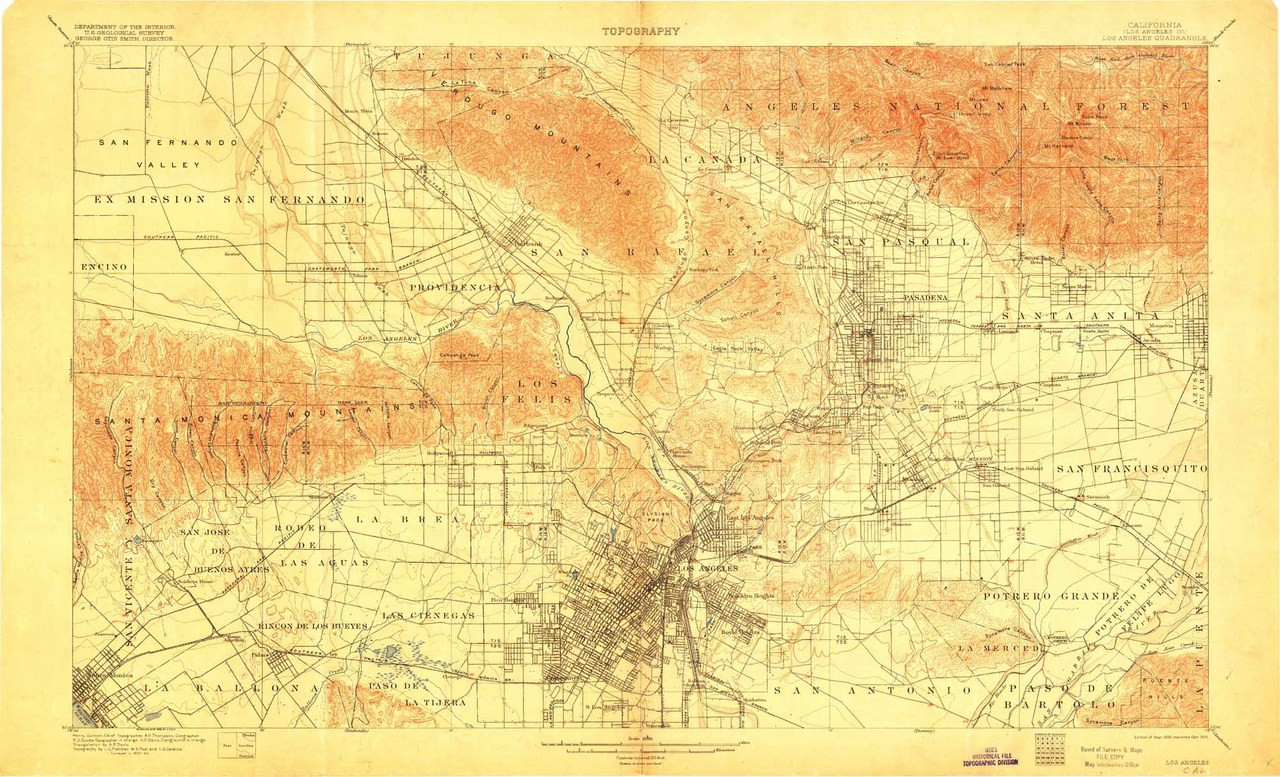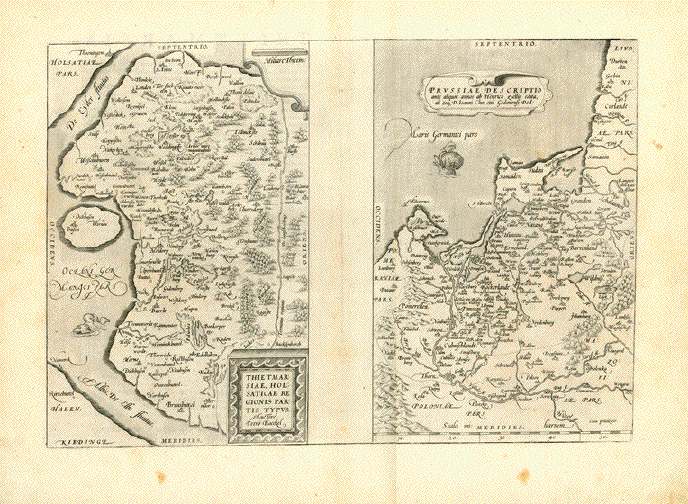
creator of the first modern atlas, the Theatrum Orbis Terrarum (Theatre of the World). Map title: SICILIAE VETERIS TYPUS, Antwerp 1624. (together with its affiliates, 'Ortelius' or 'we'), which owns approximately 12.7 of the outstanding common stock of Capital Senior Living. A beautiful map that fills the empty voids with delightful curiosities. Includes an inset map of Syracusa and a list of the towns in the lower left. NEW YORK, October 19, 2021-Ortelius Advisors, L.P. Some fanciful creatures also exist and each is lettered, and has a short piece of associated descriptive text on the reverse of the map. Map of the Americas by Abraham Ortelius (1570) 17th-century maps of America.

There are early depictions of sea horses and manta rays, walrus and even polar bears atop icebergs in the top right.

Perhaps the most interesting aspect of the map, however, is in the depiction of a fantastic array of legendary and mythical sea monsters from the 15th and 16th century. Mount Hekla is seen erupting and it contains a wealth of detail about settlements and other points of interest…so in that sense this is an accurate, albeit stylised, topographic depiction. The mountains, fjords and glaciers are depicted in remarkable detail. It is thought to be a good antidote and powerful medicine against poison. Divers have sold it as the Unicorns horn.

It has a tooth in the front part of its head standing out seven cubites. The content suggests Ortelius used many sources and the original map on which this is based is most likely drawn by the Icelander Gudbrandur Thorlaksson. If anyone eats of this fish, he will die immediately. This map first appeared in the 1587 edition of Theatrum but the later versions (this is from the 1603 edition) had been refined, particularly in relation to the hand colouring. The first relatively accurate map of Iceland from indigenous sources published by Abraham Ortelius in various editions of his masterful Theatrum Orbis Terrarum.


 0 kommentar(er)
0 kommentar(er)
